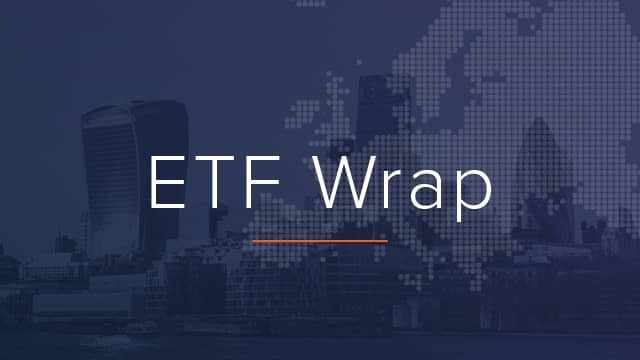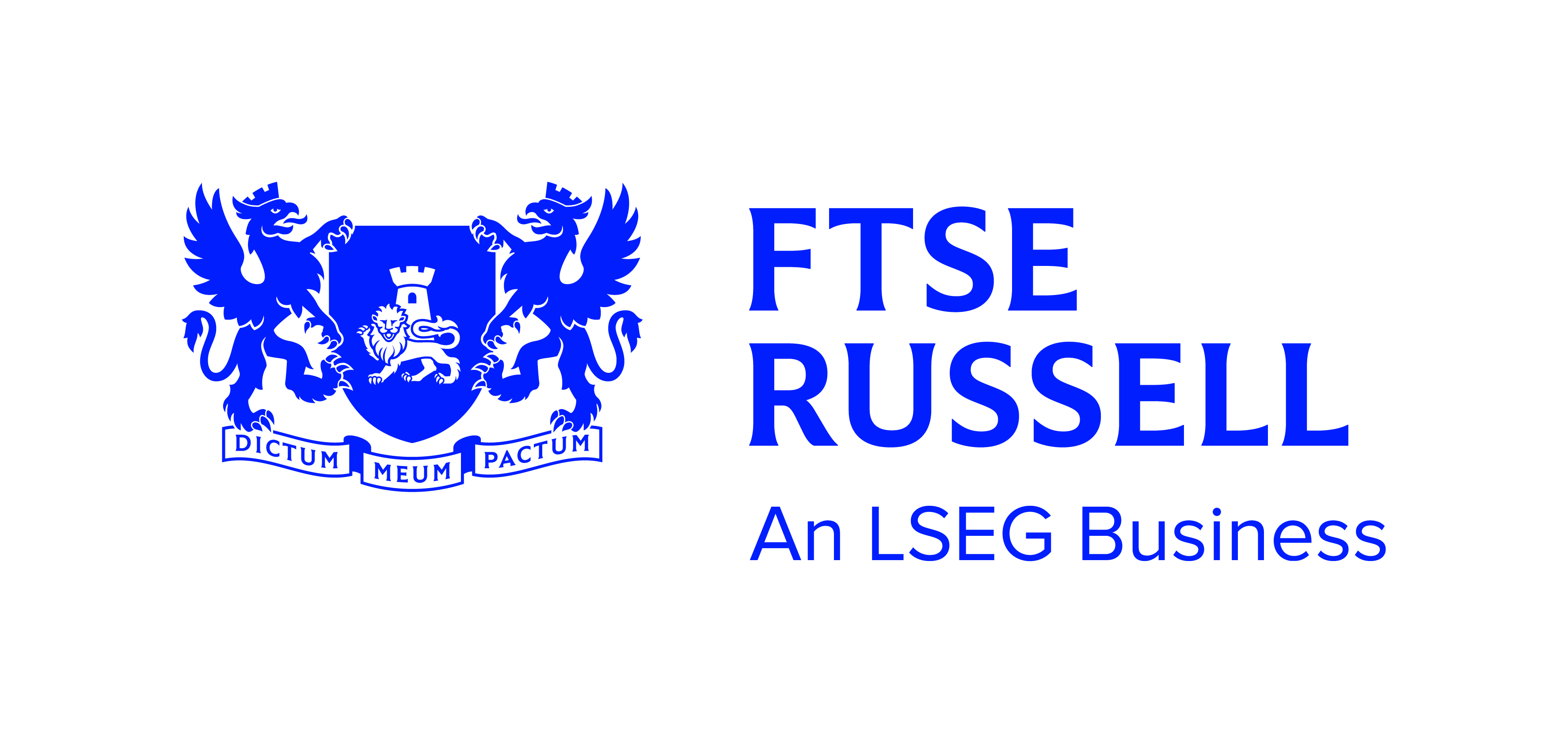Hawkish US Federal Reserve minutes sent markets into a delayed tailspin at the start of 2022 and subsequent, hot inflation readings leave investors with plenty to ponder this year.
On Wednesday, the US Bureau of Labor Statistics reported the US Consumer Price Index (CPI) grew 7% year-on-year for January, its fastest jump in four decades, while core CPI – which excludes food and energy – shot up 5.5%, a 31-year high.
Though a headline-grabbing figure, the main cause of investor discomfort is not the degree of hyperinflation but uncertainty over how long inflation above normal levels will last.
Having previously described the current regime as transitory, the Fed’s backtrack and suddenly aggressive stance on monetary tightening in December spooked the growth stocks that benefited most from its previous, accommodative approach.
Currently, the loose consensus view is the US central bank will hike rates three times this year, though some estimates predict it could opt for as many as five rates increases.
The Fed is in an unenviable position, having to strike a balance between overshooting and stifling the economic recovery with an aggressive approach – while inflation may prove to be more a function of supply chain difficulties – or undershooting, which would allow current price increases to become more entrenched.
Evidencing the divided inflationary outlook, 2022 projections from different financial markets participants are at odds with one-another. On the one hand, Morgan Stanley expects inflation to “peak then retreat” within the next year, while Refinitiv Lipper’s Bob Jenkins said inflation is not transitory and will remain above 3.5% over the next year. Adding further caution, Deutsche Bank’s Jim Reid said tightening monetary conditions could risk ending the current cycle and bring about a recession in 2023 or 2024.
The current scenario will be alien to many investors who are more than 10 years into a bull market facilitated by a backdrop of low rates. It will also be unfamiliar to most who are too young to remember the last time inflation readings like these were seen. Regardless, investors will have to decide how much they read into claims equity valuations are in bubble territory and whether they can hold their nerve as monetary policymakers slowly turn off the taps.
FCA to draw line in the sand against indexing monopolies
In news closer to home for the European ETFs, the Financial Conduct Authority announced it will perform two market studies after its call for input from the industry revealed limited competition in wholesale data may be increasing costs for investors.
The initial study will launch over summer to review claims that complex benchmark contracts make it difficult for asset managers, banks and clearing houses to seek cheaper alternatives.
Before the end of the year, the regulator’s second study will look at whether high charges for accessing credit ratings data mean additional costs are being passed onto end investors and whether they create barriers to entry for new competitors.
At present, it would be hard to describe the European indexing landscape as competitive. Just three index providers – MSCI, FTSE Russell and SPDJI – laid claim to more than 80% of passive equity fund assets in H2 2021, according to data from Morningstar. Perhaps unpopular with some index providers, the FCA’s investigation will hopefully shed more light on a known issue within the ETF industry.
Broader is better when it comes to authorised participants
The academic highlight of the week was a paper titled Two APs Are Better Than One: ETF Mispricing and Primary Market Participation, by the London Business School.
The research found the number of authorised participants (APs) involved in the creation-redemption process was inversely correlated with the degree of mispricing in primary markets.
Mispricing is prevalent in US equities during periods of volatility as a smaller number of large APs – normally banks – are responsible for the bulk of transactions. In practice, this means the ETFs addressing the asset class do not benefit from diverse AP networks, which help mitigate the effects of shocks to AP-specific arbitrage costs, the paper said.
ETF Wrap is a new, weekly digest of the top stories on ETF Stream










